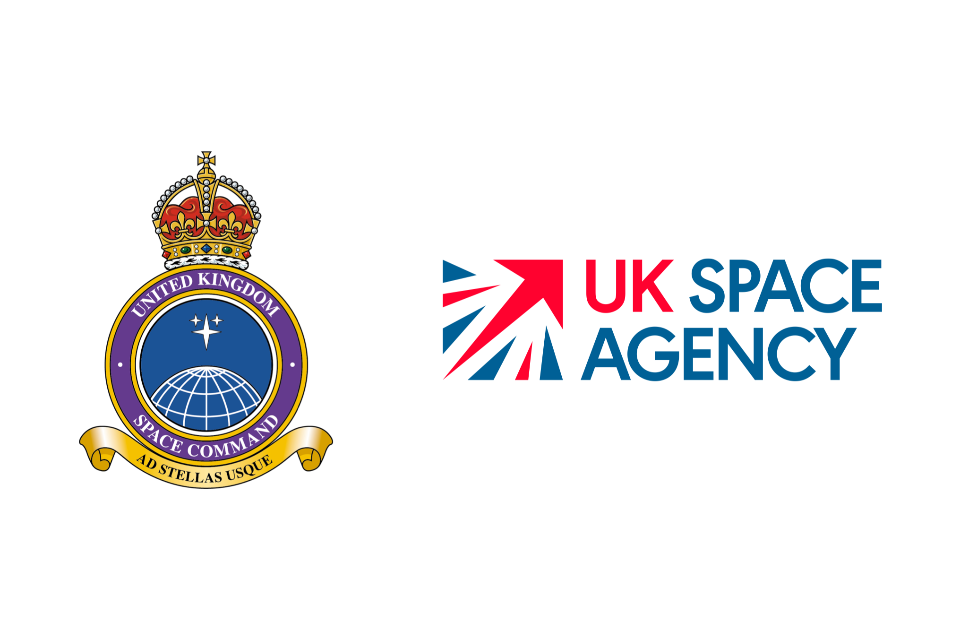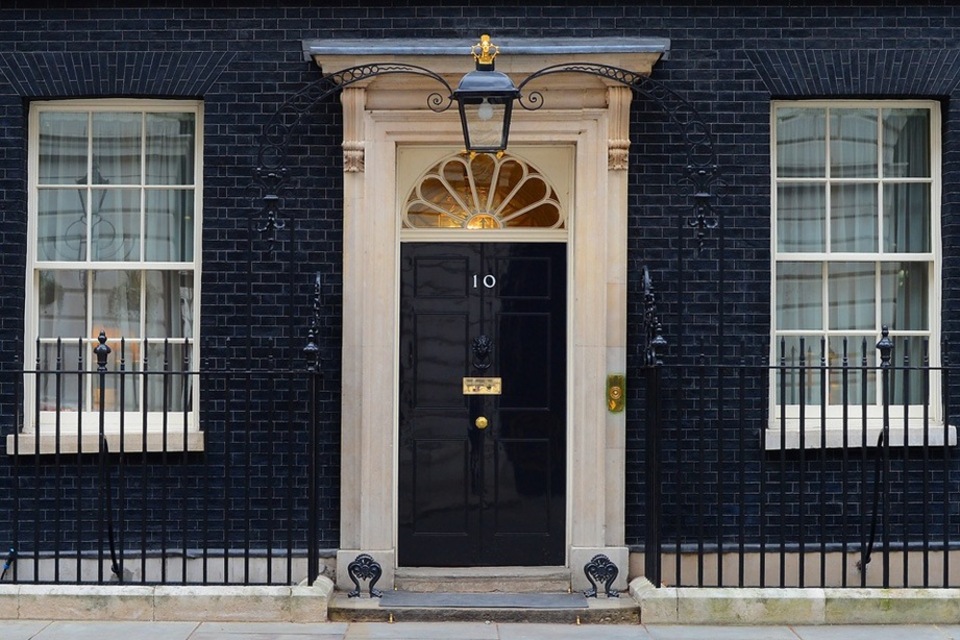March saw continued high levels of space activity which saw both uncontrolled re-entry and collision alerts at levels above the 12-month rolling average.
All NSpOC warning and protection services functioned as expected throughout the period.
Re-entry Analysis
March has seen a reduction in the number of objects re-entering Earth’s atmosphere when compared with the previous two months.
Of the 85 objects that re-entered, 73 were satellites, 7 were rocket bodies, 1 was a piece of debris and 4 were unidentified objects, likely to be either a rocket body or a satellite.
April 22, May 56, June 48, July 44, August 89, September 50, October 35, November 47, December 83, January 115, February 129, March 85
In-Space Collision Avoidance
Collision risks to UK-licensed satellites remained steady in March with a 1% increase compared with February, above the rolling average of 2,434.

April 1,899, May 2,560, June 1,881, July 1,795, August 2,137, September 3,041, October 3,181, November 2,722, December 2,142, January 2,694, February 2,567, March 2,588
Number of Objects in Space
There was an increase to the in-orbit population during March, with 285 newly catalogued objects added to the US Satellite Catalogue.
131 newly catalogued objects were attributed to the Starlink constellation with a further 74 catalogued objects coming from the Falcon 9 Transporter 13 mission on 15 March.

April 28,752, May 28,850, June 28,931, July 28,917, August 29,297, September 29,678, October 29,665, November 29,826, December 29,921, January 29,985, February 30,163, March 30,323
Fragmentation Analysis
There have been no new fragmentation (break-up) incidents this month.
Space weather
Space weather was relatively quiet during March 2025 with a general absence of significant solar activity. Key events this period included
Early – Mid March
Periods of enhanced geomagnetic activity were observed throughout the month. Possible impacts on satellites include increased drag on those in LEO which may have required corrective manoeuvres. High frequency radio propagation may also have been degraded at higher latitudes.
28 March
One of the more notable events from last month was a strong high-frequency radio blackout, affecting much of the sunlit side of the Earth for about an hour. Low frequency navigation systems may have been degraded for a similar amount of time.
31 March
A minor radiation storm occurred, with satellites likely to have experienced a modest increase in Single Event Upsets (SEUs).
The National Space Operations Centre combines and coordinates UK civil and military space domain awareness capabilities to enable operations, promote prosperity and protect UK interests in space and on Earth from space-related threats, risks and hazards






